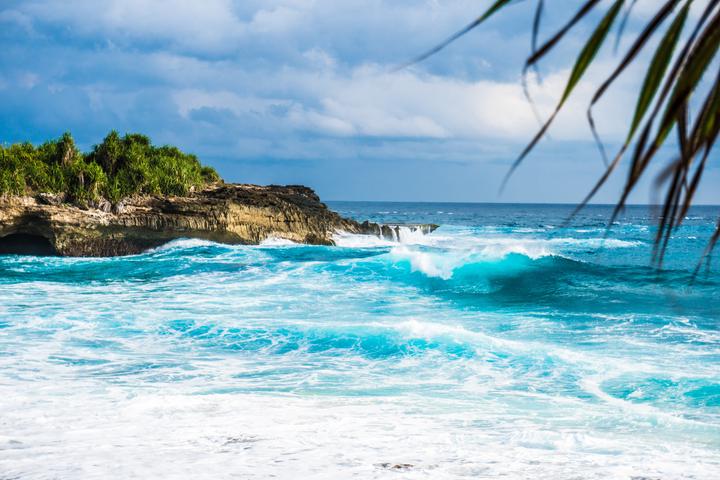From Lifeguards to AI: Advancing Rip Current Forecasting Through New Detection Methods
 Image credit: Unsplash
Image credit: UnsplashAbstract
Observing rip currents can be extremely challenging. The energetic and constantly changing surf zone coupled with a lack of infrastructure, complicates relying on traditional in situ observations in most circumstances. These challenges have resulted in a dearth of quality rip current observations, which remains a primary complication to the validation, implementation and advancement of the NOAA rip current forecast model. To overcome the lack of observations, innovative approaches have been relied on to collect information on rip current occurrence and intensity. These approaches include records of where and when rip current rescues have been made, lifeguard visual observations of rip current intensity, manual identification of rip currents in webcam videos and images, and relying on Artificial Intelligence (AI) - machine learning techniques to identify rip current occurrence and intensity. Here we discuss the observations and methods used to develop the NOAA rip current forecast model and validate the model at multiple locations across the U.S. We show some initial results of the use of webcam imagery at Miami, FL, and how manual identification of rip currents using time-averaged images compares to lifeguard observations and modelled forecasts. Some initial approaches developed to identify rip currents using video flow-based analysis and machine learning are also presented. The machine learning approach is trained on still images of rip currents defined by breaking wave patterns and detects rip currents in still images or video frames. The flow-based approach can determine relative surface current speed and detect rip currents which may be more difficult to visually observe. Incorporating these new methods has the potential to substantially increase the accuracy and number of rip current observations, thus improving model training and validation, and potentially enabling the inclusion of new model features.